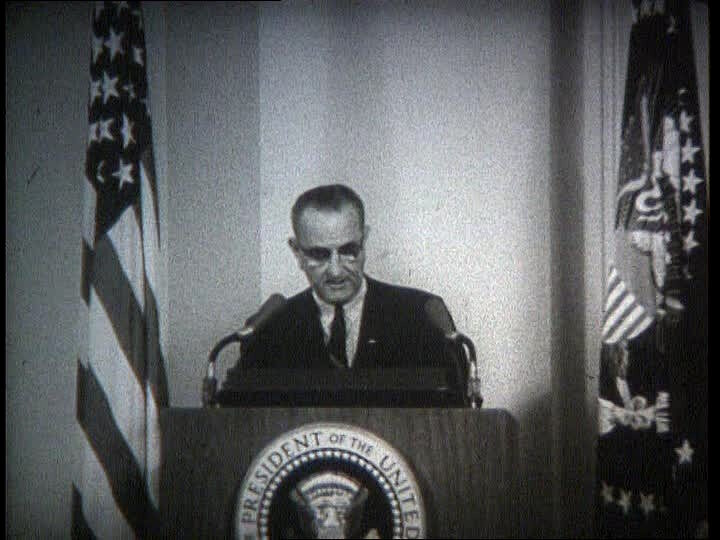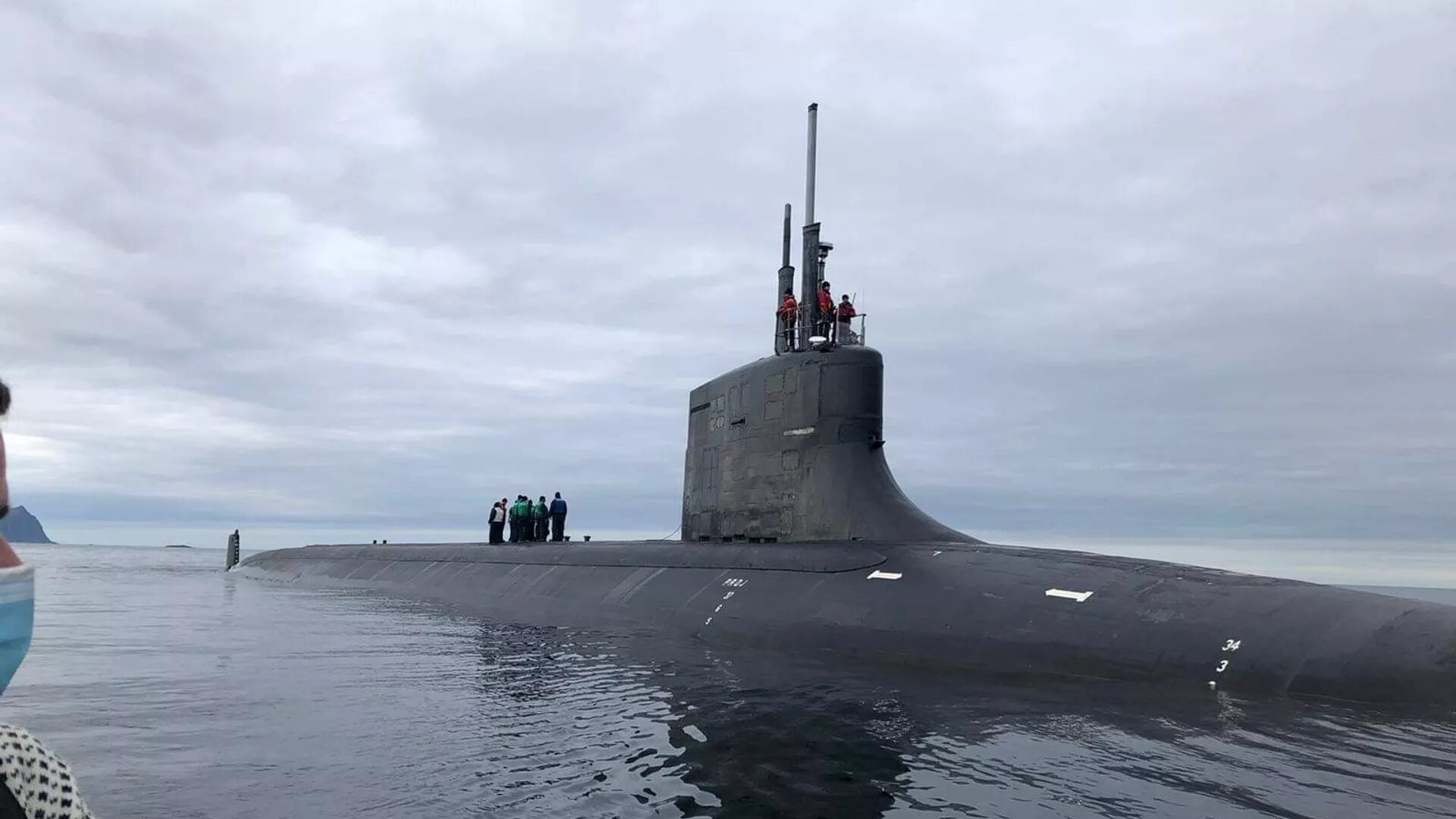
Lyndon B. Johnson delivering his televised report on the Gulf of Tonkin incident, August 4, 1964.
Why Norway? In my
account of the Biden Administration's decision to destroy the Nord Stream pipelines, why did much of the secret planning and training for the operation take place in Norway? And why were highly skilled seamen and technicians from the Norwegian Navy involved?
The simple answer is that the Norwegian Navy has a long and murky history of cooperation with American intelligence. Five months ago that teamwork — about which we still know very little — resulted in the destruction of two pipelines, on orders of President Biden, with international implications yet to be determined. And six decades ago, so the histories of those years have it, a small group of Norwegian seamen were entangled in a presidential deceit that led to an early — and bloody — turning point in the Vietnam war.
A summary of Hersh's post via
Sputnik International:

© U.S. Navy/Sputik
Two weeks after his explosive account that the United States and Norway were behind the bombing of the Nord Stream pipelines last September, US investigative journalist Seymour Hersh wrote Wednesday that Norway's navy has had a "murky history" of cooperation with American intelligence since the Vietnam War.
"The Norwegian Navy has a long and murky history of cooperation with American intelligence," Hersh wrote in a
follow-up post on Substack
.Hersh said that Norway invested in developing large armed boats to defend its 1,400 miles of Atlantic coastline after World War II, which were more powerful than US boats.
Norway subsequently used these boats to assist the CIA to pressure North Vietnam's leadership during the Vietnam War.This eventually culminated in a confrontation on August 2, 1964 between three North Vietnamese gunships and two American destroyers in the Gulf of Tonkin. The leader of one of the US destroyers initially cabled a false alarm that he was under attack and later rescinded his report. However, President Lyndon Johnson claimed to the US public that North Vietnam had attacked a US destroyer, creating a pretext for the US to bomb the North. Congress also passed the Tonkin Gulf Resolution to allow Johnson to deploy US military force as he saw fit in South Vietnam.
Hersh said that
Norway stayed quiet all along about its assistance to the US and even went on to sell 18 more of their boats to the US Navy. Citing a US intelligence source, Hersh said that the first batch of such boats used in the CIA's "secret war within a secret war" against North Vietnam numbered six and landed in early 1964 at a naval base in Danang.
These boats had Norwegian captains and crews to train US and Vietnamese sailors to use them in a long-running series of secret coastal attacks directed by the CIA and controlled by the Joint Chiefs of Staff in Washington, Hersh said.
Earlier this month, Hersh, a Pulitzer Prize-winning US investigative journalist, published a report detailing how US Navy divers had planted explosives under the Nord Stream pipelines, which Norway activated three months later at the order of President Joe Biden.
Hersh wrote that cheap Russian gas had been a boon for the German economy, fueling its post-war rise to prosperity while diminishing Europe's dependence on the United States. He cited a source with direct knowledge of the US operational planning as saying that Norway played a key role in helping the US organize the attack and keep the Swedish and Danish navies in the dark.
Both the United States and Norway dismissed the investigation as a lie. Russia, for its part, said it was no surprise that Hersh's report was largely
overlooked by Western mainstream media despite Biden and Undersecretary of State Victoria Nuland outright warning Russia months before the attack that the pipeline would be dealt with if it launched a military operation in Ukraine.
On September 26, 2022,
blasts occurred at three of the four strings of Nord Stream 1 and 2 underwater pipelines built to carry a combined 110 billion cubic meters of Russian gas to Europe annually. The incidents halted gas deliveries to Germany ahead of the cold season, prompting a gas price hike and a scramble for alternative sources in the European Union.
Reader Comments
Clearly at age 85 it is his source that is providing the detail, but he is standing up to the mockingbird media.
Pirate Ship Flags, Reichstag Fire, Gulf of Tonkin, USS Liberty, Las Vegas, Sandy Hook, Boston etc.
This is what John Kirby State Dept. has actually said & Crisis Intervention literally means. This is why Russia uses the correct lexicon term ‘Provocation’.